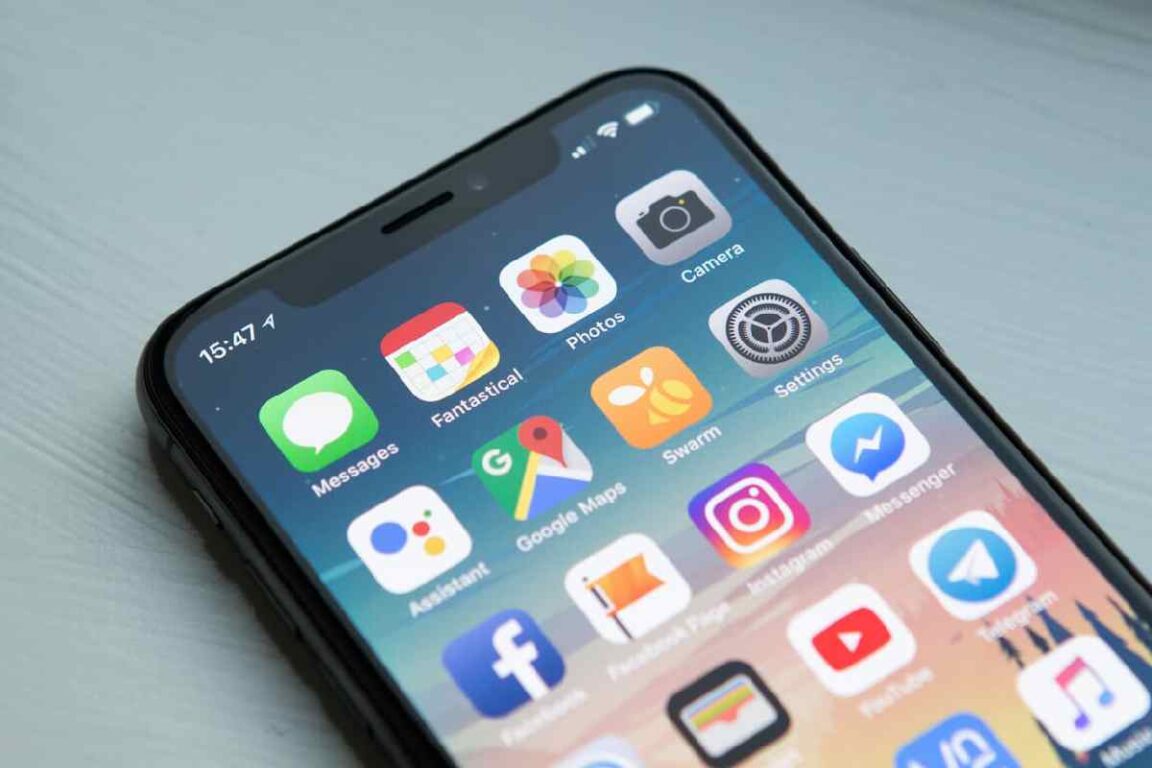About
How Mobile Apps Work -Today, all us with a mobile device usually have more than one application we use . Whether it is to watch read the news, read, or play, among others. Some already occupy part of our daily lives, such as WhatsApp, Spotify, YouTube, Facebook, or Instagram.
Before seeing how mobile applications work, we are going to make a summary of what they are and what are the operating systems that there are. After that, we must delve into the world of apps to create one. If you are interested, keep reading.
What Is A Mobile Application?
Apps are programs designed to be run on our mobile devices, tablets, smart watches, etc. As mentioned above, they allow users to access information, perform interactions, or access services. A mobile application is not installed on a device but on an operating system, which we will see below.
The beginning of the apps dates back to the late 90s. Who does not remember the famous games like Snake and Tetris or our most beloved ringtone editors? Making a comparison with today, they fulfilled fundamental functions, but they have marked a before and after in the app market.
What Is An Operative System?
Operating systems are the engine of apps, those programs that make them work. We have commented that an app is installed on these and not on our devices. Without them, our devices could not function since they are responsible for operating our screen, microphone, camera, etc., that is, everything.
Among the most important and well-known ones, we can highlight Android (Google’s operating system) and iOS (Apple’s operating system), which have a market share of 99%.
How Do Mobile Apps Have Advantages To Us?
How Mobile Apps Work – Next, we will give you basic notions about how apps work and their advantages to us. Apps are developed and published on apps like Google Play or the App Store. As we already know, users access and install the apps with one click (the amount will depend on its storage capacity).
During installation, they ask us what data type to access, so we must be careful and pay attention. Some of the most frequent are call records, location, contact lists, or calendar information. Unfortunately, we cannot always know what data type will be accessible or its use.
Location data provides us with maps, coupons for nearby sites, or information about someone or something near us. On other occasions, this data is supplied to advertising networks showing ads based on our location and interests. If we want them not to use this type of data, we have to access the settings of our phone and deactivate location services.
How Does Multipurpose Application Function?
How Mobile Apps Work – Mobile apps use the hardware and software resources of a mobile device, such as a smartphone or tablet, to provide specific functionality or service to the user. Here are the general steps involved in how a mobile app works.
Download And Installation: The user downloads the app from an app store such as Google Play or the App Store and installs it on their mobile device.
Launch: The user taps the app icon to launch it. The app starts up and loads the user interface on the device screen.
User Interaction: The user interacts with the app by tapping buttons, entering data, or using gestures such as swiping or Pinching. The app responds to these inputs and updates the user interface accordingly.
Backend Interaction: The app interacts with the backend server to fetch data, send data, or perform some computation. This interaction may involve APIs, databases, or other services the app needs.
Device Resources: The app uses various resources of the mobile device, such as the camera, microphone, sensors, or storage. These resources are accessed through the device’s operating system and provided to the app through APIs.
Notifications: The app may send information to the user through the device’s notification system. These notifications may be triggered by the app itself or by the backend server.
Updates: The app may receive updates from the app store or the backend server, including bug fixes, new features, or security patches. The user may be prompted to install these updates.
A mobile app provides a user interface on the mobile device that interacts with the device’s resources and the backend server to provide specific functionality or service to the user.
Conclusion
Every business has its own mobile app. So, need to understand the step-by-step working of a mobile app. It involves designing the user interface, coding the functionalities, creating a backend system for data storage and analytics. Developing APIs that allow communication between different platforms.


